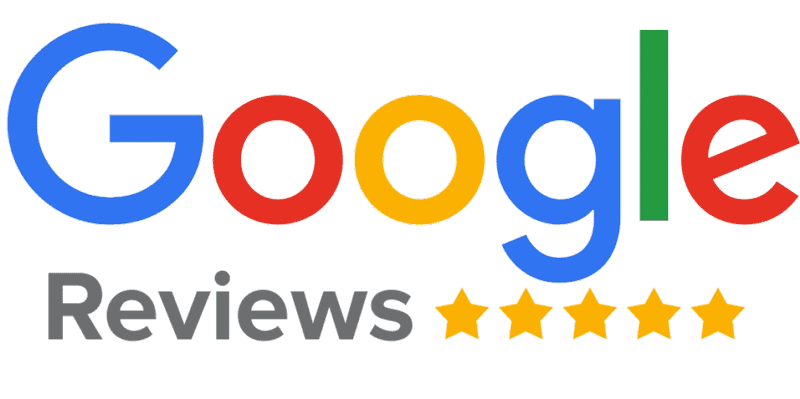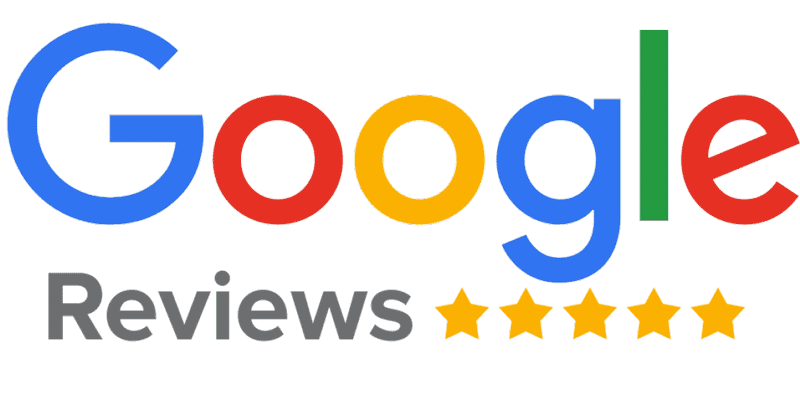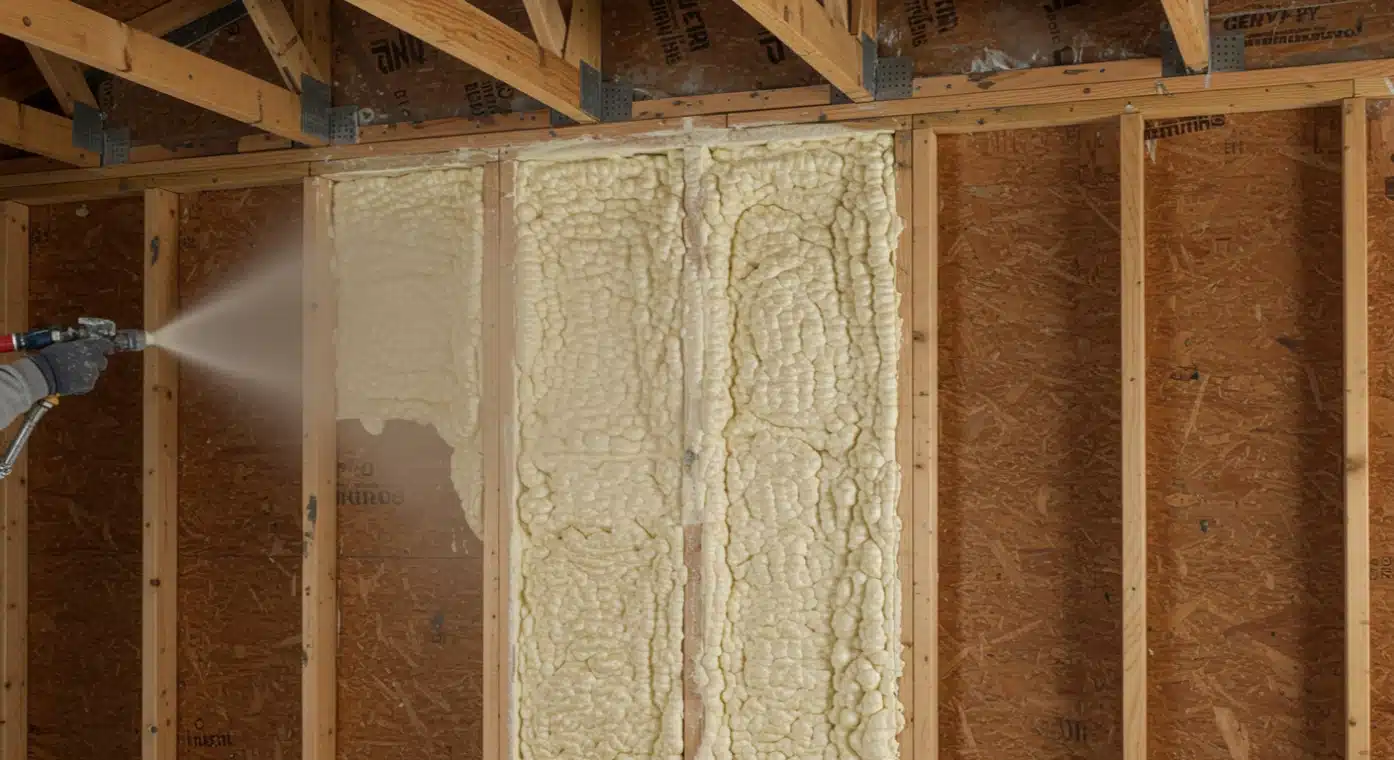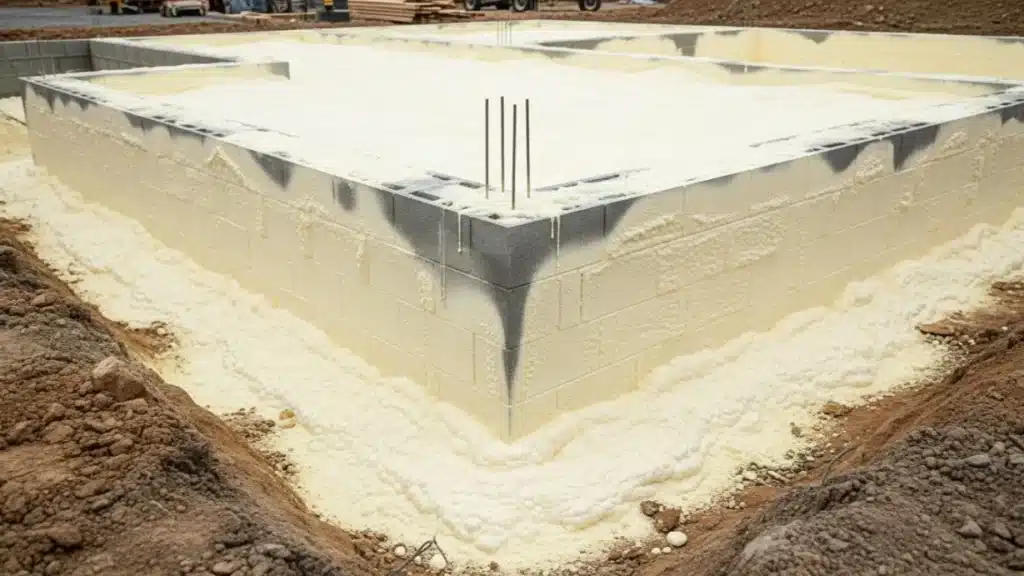Spray foam insulation delivers exceptional return on investment with payback periods ranging from 3-7 years and energy bill reductions of 30-50%. Homeowners frequently experience up to 50% cuts in heating and cooling costs, making this one of the highest-performing efficiency upgrades available. The initial investment typically recovers itself through energy savings alone, after which continued savings accumulate for decades.
Unlike traditional insulation materials that degrade over time, spray foam maintains its effectiveness for 50+ years without requiring replacement or significant maintenance. This durability transforms the investment into a long-term financial advantage while simultaneously improving comfort, indoor air quality, and property value. Based on decades of installation experience across residential and commercial applications, spray foam consistently outperforms alternatives in both immediate energy savings and sustained performance metrics.
Understanding Spray Foam’s Financial Performance
Energy Savings Breakdown
Spray foam insulation reduces air leakage by up to 90%, creating an airtight barrier that dramatically improves energy efficiency. According to the U.S. Department of Energy, heating and cooling account for 50-70% of energy usage in average American homes. When spray foam addresses this primary energy consumption source, the financial impact becomes substantial.
Bonus Tip: Document your energy bills for 12 months before installation to establish accurate baseline measurements. This data becomes essential for calculating actual ROI and may be required for rebate applications.
Source: Energy efficiency data compiled from multiple residential installations
Market Data Supporting ROI Claims
The global insulation market reached $65.11 billion in 2023, expanding at a 6.8% compound annual growth rate through 2030. The U.S. insulation market specifically is projected to grow from $10.92 billion in 2025 to $21.47 billion by 2034, representing a 7.80% CAGR. This growth reflects increasing recognition of insulation’s financial benefits and regulatory support for energy efficiency improvements.
Geographic and Climate Considerations
Climate zones significantly influence ROI calculations. Extreme temperature regions see faster payback periods due to higher baseline energy consumption. Desert climates benefit from reduced cooling loads during summer months, while northern regions achieve substantial heating cost reductions. Humidity control in coastal areas provides additional value through moisture management and HVAC system protection.
Bonus Tip: Regional utility rates directly impact ROI timelines. Areas with higher electricity costs see proportionally greater savings and faster investment recovery.
Spray Foam Types and Performance Characteristics
| Foam Type | R-Value per Inch | Moisture Barrier | Air Sealing | Typical Applications | ROI Timeline |
|---|---|---|---|---|---|
| Open Cell | 3.5-4.0 | Limited | Excellent | Interior walls, attics | 4-6 years |
| Closed Cell | 6.0-7.0 | Superior | Excellent | Exterior walls, basements | 3-5 years |
Technical specifications based on industry standards and field performance data
Beyond Energy Savings: Additional ROI Factors
Homes with high-efficiency insulation systems increase resale value by up to 6%. Spray foam installations also reduce HVAC system strain, extending equipment lifespan and decreasing maintenance frequency. Indoor air quality improvements from reduced allergen infiltration provide health benefits that translate to reduced medical expenses for many families.
Things to Consider Before Making a Decision
Professional Installation Requirements
Initial Investment Planning
Spray foam application demands specialized equipment, training, and safety protocols. DIY kits exist for small projects, but whole-home installations require a certified spray foam contractor to ensure proper expansion, coverage, and performance. Professional spray foam installation includes vapor barrier considerations, building code compliance, and warranty protection.
Long-term Performance Expectations
Spray foam’s permanence offers advantages and considerations. Once installed, modifications become difficult without professional removal. However, this stability eliminates ongoing maintenance costs associated with settling, moisture damage, or pest infiltration common with traditional materials.
Bonus Tip: Schedule installation during moderate weather conditions for optimal curing and expansion. Extreme temperatures can affect application quality and final performance.
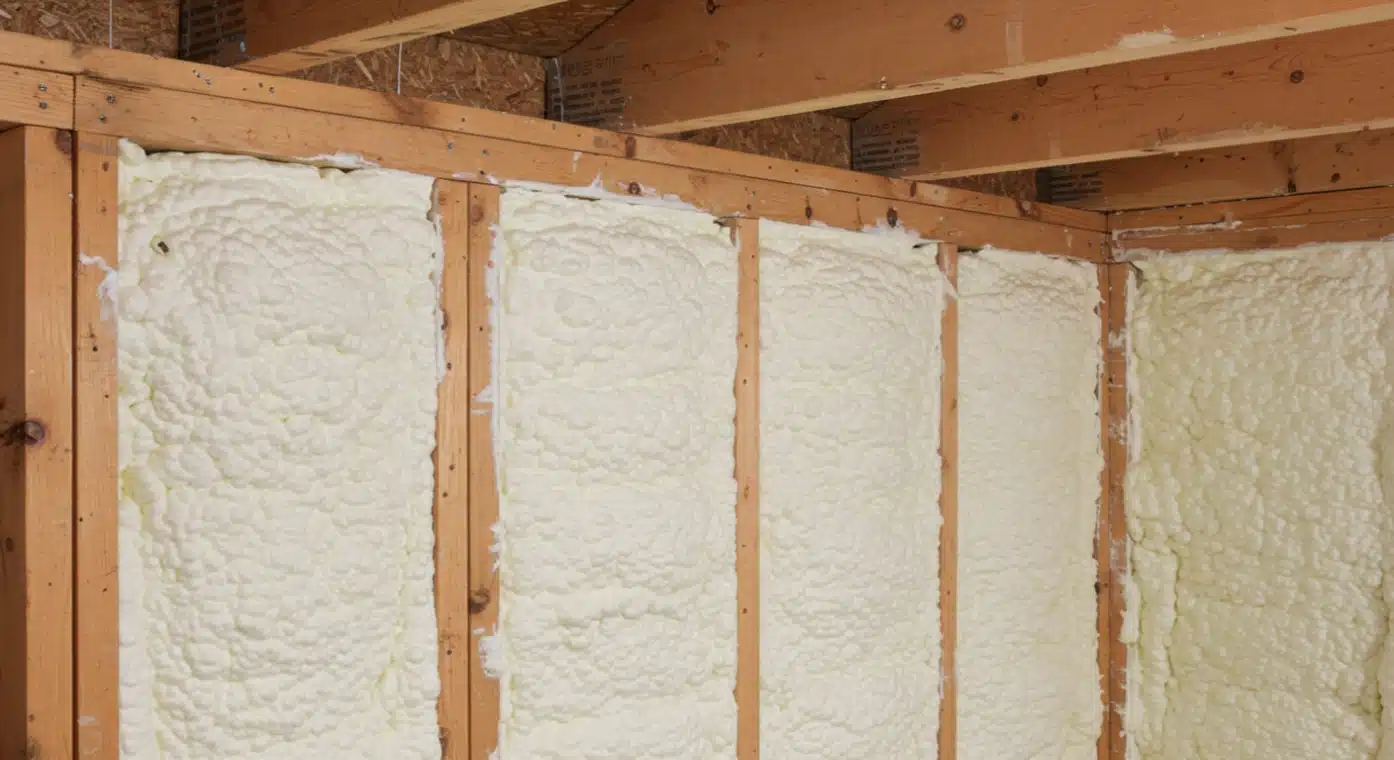
Supreme Spray Foam LV Professional Services
Supreme Spray Foam LV specializes in maximizing insulation ROI through expert application and material selection. Professional services ensure optimal performance and warranty protection for residential and commercial projects.
- Residential Spray Foam Insulation: Complete home envelope sealing for maximum energy efficiency and comfort improvement
- Commercial Spray Foam Insulation: Large-scale applications designed for operational cost reduction and regulatory compliance
- Attic Insulation: Targeted installations addressing the primary source of energy loss in most homes
- Foundation Insulation: Moisture control and thermal barrier installation for basement and crawl space applications
Key Takeaways for 2025 Investment Decisions
Spray foam insulation represents one of the most reliable home improvement investments available, combining immediate comfort benefits with long-term financial returns. The insulation market’s projected growth from $44.7 billion in 2023 to $91.8 billion by 2033 reflects increasing recognition of these benefits. Current utility costs, available rebates, and advancing spray foam technology create favorable conditions for maximizing ROI in 2025.
Success requires proper contractor selection, realistic cost expectations, and understanding that spray foam’s value extends beyond simple energy savings to include comfort, air quality, and property value improvements. Calculate ROI based on total benefits rather than energy savings alone for accurate investment assessment.
Start Your Energy Savings Journey
Ready to transform your property’s energy efficiency and unlock substantial long-term savings? Supreme Spray Foam LV brings proven expertise to every installation, ensuring maximum ROI through proper application and material selection.
Professional assessment identifies the highest-impact areas for your specific property, while certified installation guarantees optimal performance and warranty protection. Energy savings begin immediately after installation, with full investment recovery typically achieved within 3-7 years.
Contact Supreme Spray Foam LV at (702) 904-9895 or email [email protected] to schedule your consultation and discover how spray foam insulation can deliver exceptional returns on your 2025 investment.
Common Questions About Spray Foam ROI
How quickly does spray foam pay for itself?
Most residential installations achieve full cost recovery within 3-7 years through energy savings alone. Higher energy costs and extreme climate conditions accelerate payback timelines, while moderate climates and lower utility rates extend recovery periods.
Does spray foam increase home value immediately?
Property appraisers recognize spray foam as a premium upgrade that enhances energy efficiency ratings. The investment typically adds 60-80% of installation cost to appraised value immediately, with the remainder recovered through energy savings over time.
What happens to ROI over the insulation’s lifetime?
After the initial payback period, spray foam continues delivering savings for 50+ years without degradation. This extended performance timeline means decades of reduced energy costs following investment recovery.
Can spray foam ROI be measured accurately?
Energy bill comparisons provide concrete ROI measurements for existing homes. New construction requires baseline estimates, but smart home monitoring systems can track actual performance against projected savings for ongoing verification.
